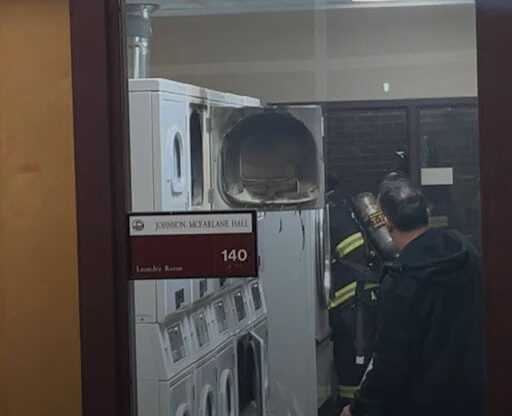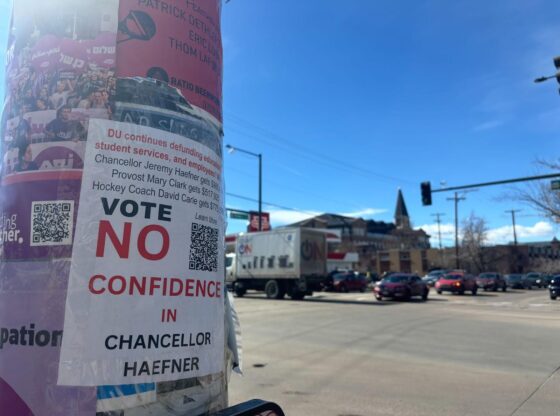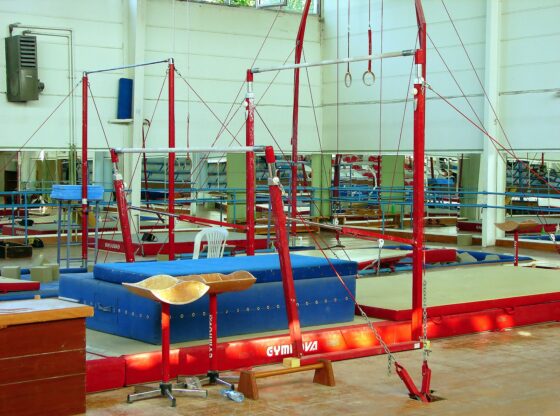Less than a week after recreational marijuana sales were enacted in Colorado, Fox News reported a young child was hospitalized for THC ingestion. This was and still is a common fear among opponents of marijuana legalization — namely, that an unrestrained prevalence of this substance would run rampant throughout our communities. However, children consuming marijuana products in or around the home is more a concern of parental competence than an argument against the legalization of those substances. No child should be consuming any form of THC, but there are many substances within homes they should not be introduced to or allowed to consume either. Is it not the responsibility of a parent or caretaker to ensure no child swallows small magnets or prescription pills? These and countless other objects throughout the majority of homes around America, including marijuana, need to be monitored.
The incident in question involved a 2-year-old girl named Evelyn from Longmont, Colorado. She accidentally ate a food item that contained marijuana, what is suspected to have been an “edible.” After the mother discovered her daughter lethargic and incapable of proper motor functioning, she was rushed to the hospital. A story like this is undeniably upsetting, but perhaps more so when further details about the situation are divulged.
According to the mother, Aida, the child “nibbled” on an object that was “brown, like a chocolate chip cookie.” However, she clearly failed to remove this foreign object from her child’s grasp or vicinity, as she stated that she found her daughter had later eaten a substantial portion of it. One of the most disturbing parts of this series of events is that a young child, in the care of her parent, was allowed to eat an unidentified object that, furthermore, was found in the grass outside of their apartment.
Small toys, saran wrap, tape, cleaning products, cosmetics — the list goes on of household items that children might ingest. These items can cause choking, suffocation and numerous other harmful effects. As a result there are websites, parenting books and common sense encouraging people to be hyper-sensitive to the accessibility of these items to children and to keep little hands away from them. Since 2009, according to HealthPolicySolutions.org, 14 children between the ages of eight months and 12 years old have been admitted to Colorado hospitals for THC ingestion. The Center for Disease Control estimated just over a million poison exposures throughout the country each year involve children under the age of six and are primarily caused by cleaning products, cosmetics and medications. THC, though harmful to children, is less fatal or common source of child hospitalization than many products kept under our kitchen sinks.
Yes, the legalization of recreational marijuana probably does increase its presence; therefore increasing the possibility of accidents like these. But is the answer really making marijuana illegal again, or is there a better way we can educate people on using it? Whether used for medical or recreational purposes, marijuana, like many other substances, poses a threat to children and therefore needs to be used responsibly. Be accountable for your products and conscientious of those around you. And lastly, if you see a small child “nibbling” on a foreign object, trash it; it could be an “edible” or a wide array of other substances or objects not recommended for consumption.











